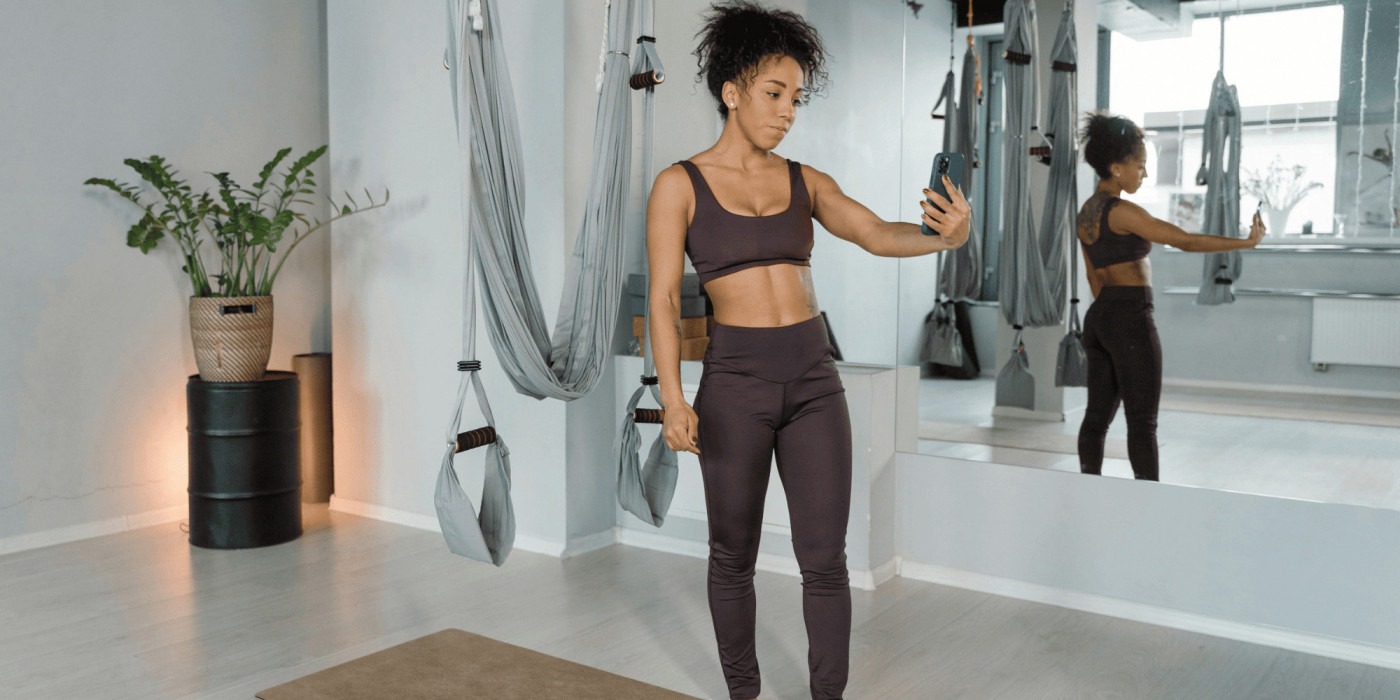The Wellness Edit: Fitness influencers — inspiring or unrealistic?
In the ever-growing world of influencers across social media, it’s easy to fall prey to niche trends, suddenly finding your feed filled with almost identical content, often making it hard to distinguish between the thousands of creators. The fitness world of social media is no different, with videos for every activity available followed by the ‘what I eat’ and ‘what I do’ in a day to guides for the perfect body and training routine. This article is going to break down the world of fitness influencers, assessing the positive impact they have but also offering tips on what to be wary of.
Fitness influencers are creators across social media including TikTok, Instagram, YouTube, and even Pinterest who share content around fitness, whether that be their workouts, tips to get in shape, or what they eat to achieve their goals. For many, their full-time job is to share their lives with their followers as entertainment, to engage those on similar fitness journeys, or who are looking for inspiration across a particular niche. This may be in the format of longer videos showing their lifestyle, short clips of gym workouts, or Instagram stories highlighting what they do daily. Often these influencers crossover into lifestyle content and food content of their top meals to achieve their ‘fitness lifestyle’.
Whether you feel motivated or look to these influencers for support, often this content is simply there for entertainment
As such, these influencers can be a great source of inspiration to many, offering followers consistent motivation to engage in physical activity. Showcasing a variety of workouts and activities can inspire people to move their bodies when they see people they admire doing so and give that extra boost needed to jump off the sofa into workout gear. Additionally, this motivation is often paired with guidance and support, showcasing the best top tips they have to share. For many, this may be healthy meals that are high protein or low calorie, often shared in aesthetic video format making it appear easy and achievable to push followers to attempt their trends. They might share the top fitness gadgets on Amazon or the best GymShark products just released, all promising to improve your fitness. Similarly, influencers who spend most of their days in the gym might post TikToks, often persuading people to try out specific gym routines to gain muscle in certain areas. Many of these videos, despite promises that they are just trying to help, often appear as a form of marketing, advertising specific workouts that will help you achieve your goals.
Of course, whether you feel motivated or look to these influencers for support, often this content is simply there for entertainment. If it’s the end of the day and you’re doom scrolling or having dinner watching YouTube vlogs, influencers are there to create content to entertain and engage the masses which they do so successfully.
However, the shiny side of influencing is slowly being accepted for its reality – that it’s all a bit of a facade. It’s important to remember the golden rule that social media showcases the best part of everyone’s life, influencer or not. Fitness influencers have a market, and that market is not the one to advertise the cake they demolished at the weekend or the gym day that ended after 5 minutes on the treadmill. Their job is to create content that engages fitness fanatics, and quite simply that means not vlogging themselves sitting on the sofa all day every day. Even more importantly, videos that influencers make in the gym or on runs are what they get paid to do. For many of us, it would be impossible to spend three hours in the gym daily when we have other work and commitments that need to be done. Fitness influencers offer a lifestyle that is shiny, and inspiring, but often unachievable and not a reality for the majority.
Remain mindful not to immerse yourself so deeply in their lifestyles that you lose sight of what truly works for you
Finally, fitness influencers have a job to create content that we absorb, but the majority are simply sharing the tips that work for them. This means that they may not be offering proven advice and don’t necessarily have the qualifications that confirm their meals or workouts are effective. Yes, their content may be helpful, informative, and inspiring, but no matter what they are doing this may not work for you. Each of our bodies, our abilities, and our lifestyles are different and therefore what works for them may not work for you.
Engage with the available content and embrace the motivation and insights it offers to simplify your life. However, remain mindful not to immerse yourself so deeply in their lifestyles that you lose sight of what truly works for you.

Comments